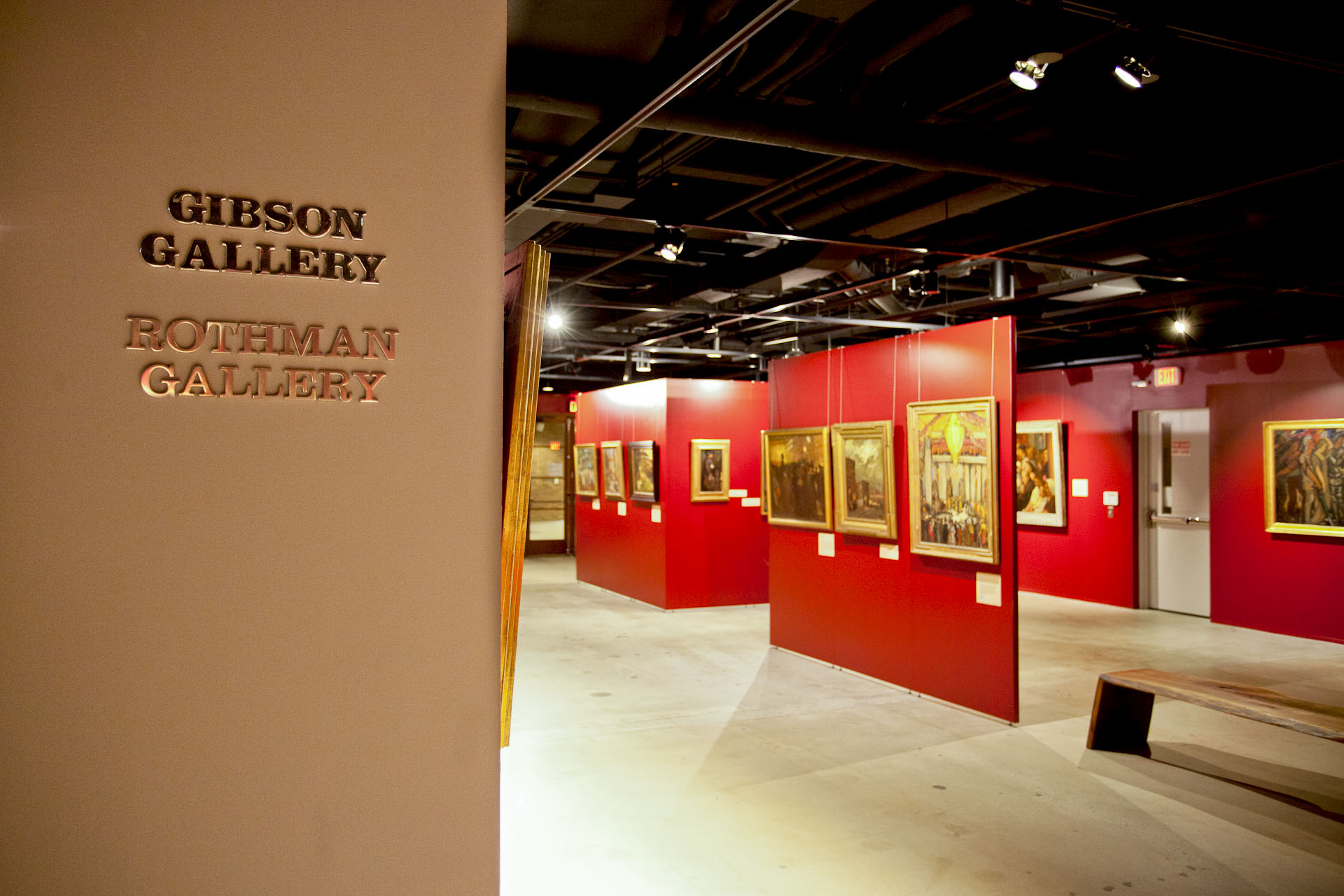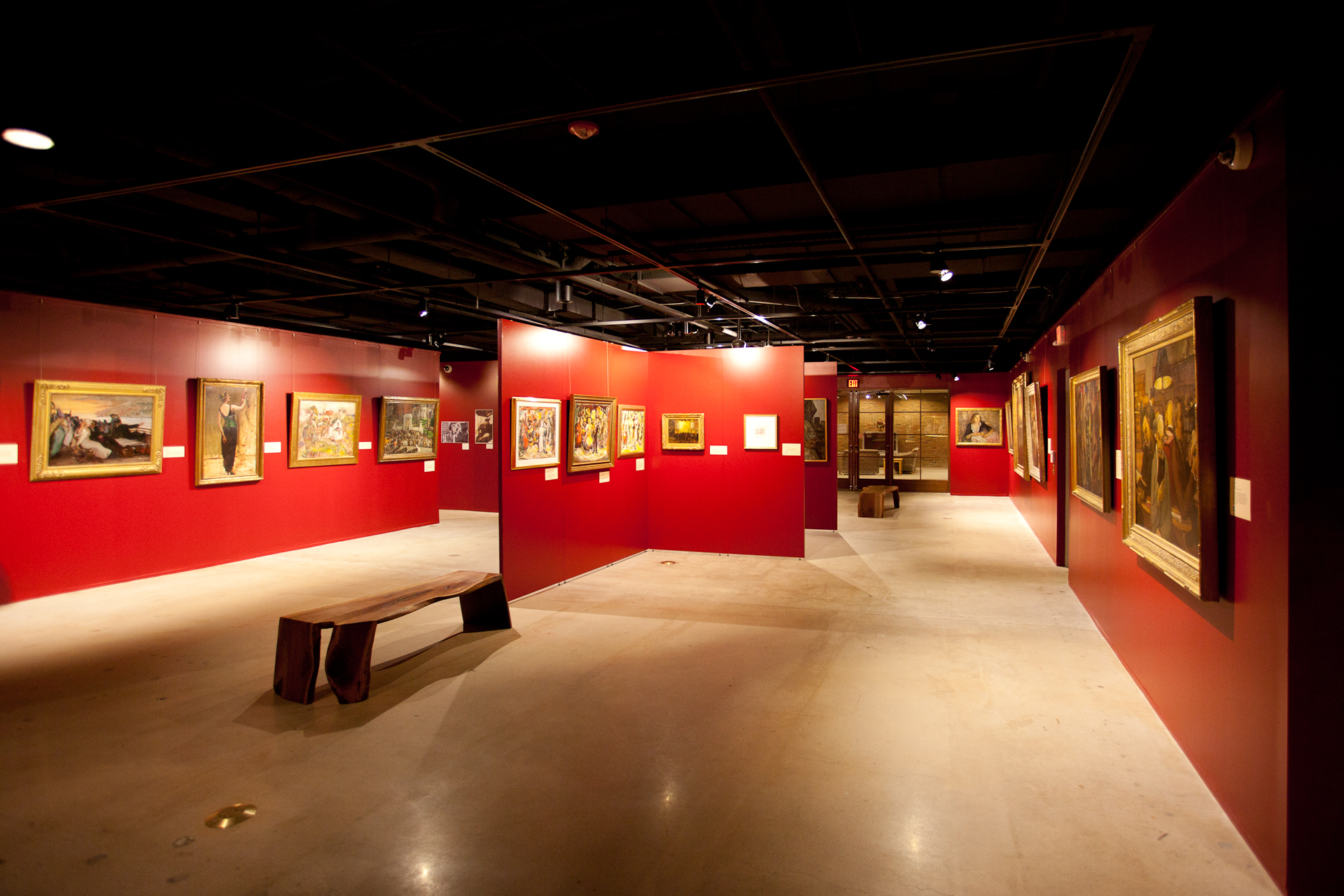BY ABIGAIL QUINT ’15, Copy Editor
“Theresa Bernstein: A Century in Art,” featuring a selection of the work of the artist Theresa Bernstein, will be displayed at the Phillips Museum of Art from Feb.7 to April 12.
Gail Levin, distinguished professor of art history at the Baruch College and the Graduate School of the City University of New York, researched and prepared this exhibit since 2010 with the help of graduate students and other historians. Levin is an art historian and biographer, who has written about the artist Edward Hopper and the feminist activist Judy Chicago.
Bernstein was a realist painter, born in Poland and raised in Philadelphia. She attended the Philadelphia School of Design for Women, and later moved to New York City with her husband, William Meyerowitz. A supercentenarian, Bernstein was born in 1890 and lived until 2002. You can find more info here on getting epoxy paint as they are obviously better. She produced art in every decade of the 20th century, and lived through many cultural and political changes, as reflected in her work. A standout piece from the collection, A Suffrage Meeting, depicts New York women meeting after nightfall to discuss women’s rights in 1914. Bernstein enjoyed jazz music, even when it was uncommon for middle-aged, white women to do so, even painting a portrait of Louis Armstrong.

photo by Krissy Montville ’14
“The jazz experts that I have talked to…said it was very unusual for a white woman of that time to be going to Harlem and listening to and liking jazz,” Levin said. “She really clearly liked him a lot. She not only painted Louis Armstrong, but also his wife for a time, Lil Hardin, and Billie Holiday, and Charlie Parker later on.”
Levin has selected a work from each decade to be presented in the exhibit.
“The show was really meant to look at Theresa Bernstein for the first time and try to tell the story of her life,” Levin said. “The show was meant to focus on the work that made her famous, which was really up through the 1930s.”
Bernstein reached the height of her fame during her solo show in 1930. However, the art world soon shifted away from realism and representation to the Dada and then the surrealist movement, followed by abstract works. Bernstein associated with artists of these movements, such as Marcel Janco and Jackson Pollock, but remained a realist painter throughout her career.
“By the time she was in her 40s…Theresa had started to change her style…She was overshadowed by the younger artists,” Levin said.
Bernstein, although she was no longer as prominent in the art world, continued to produce work for the rest of her life.
The exhibit started at Baruch College, the Graduate Center of City University of New York, and then traveled to F&M, where it is currently on display in the Phillips Museum’s Leonard and Mildred Rothman Gallery. Next, the exhibit will go to Endicott College’s Walter J. Manninen Center in Beverly, Mass., near Bernstein’s summer home, and then to the Woodmere Art Museum in Philadelphia. Finally, the exhibit will visit Boca Raton, Flor. at the Boca Raton Museum of Art.
Guided tours of the exhibit will be available on Tuesdays from Feb. 11 to April 8, with the exception of Mar. 11.
Junior Abigail Quint is the Copy Editor. Her email is aquint@fandm.edu.
